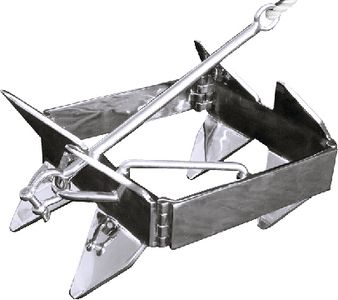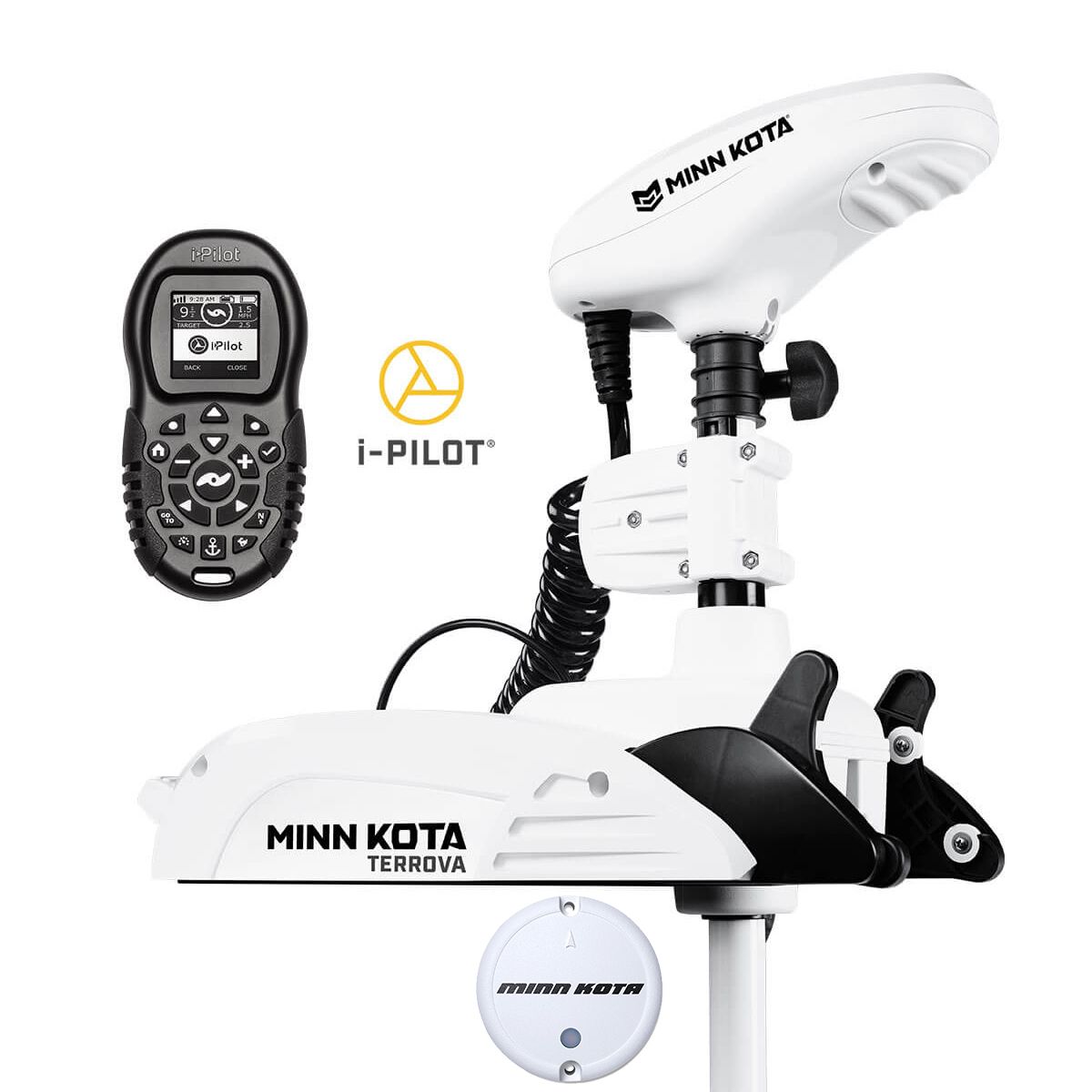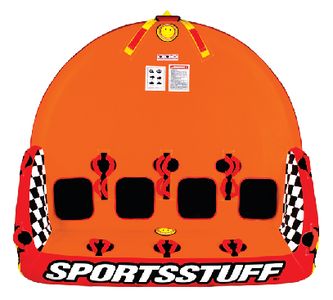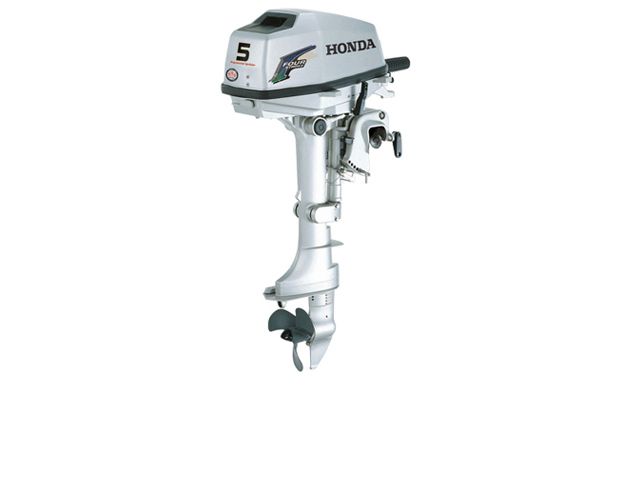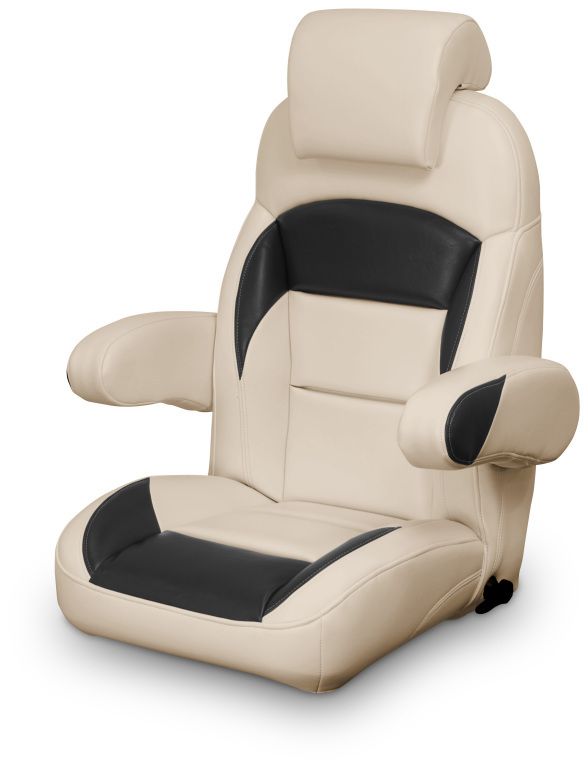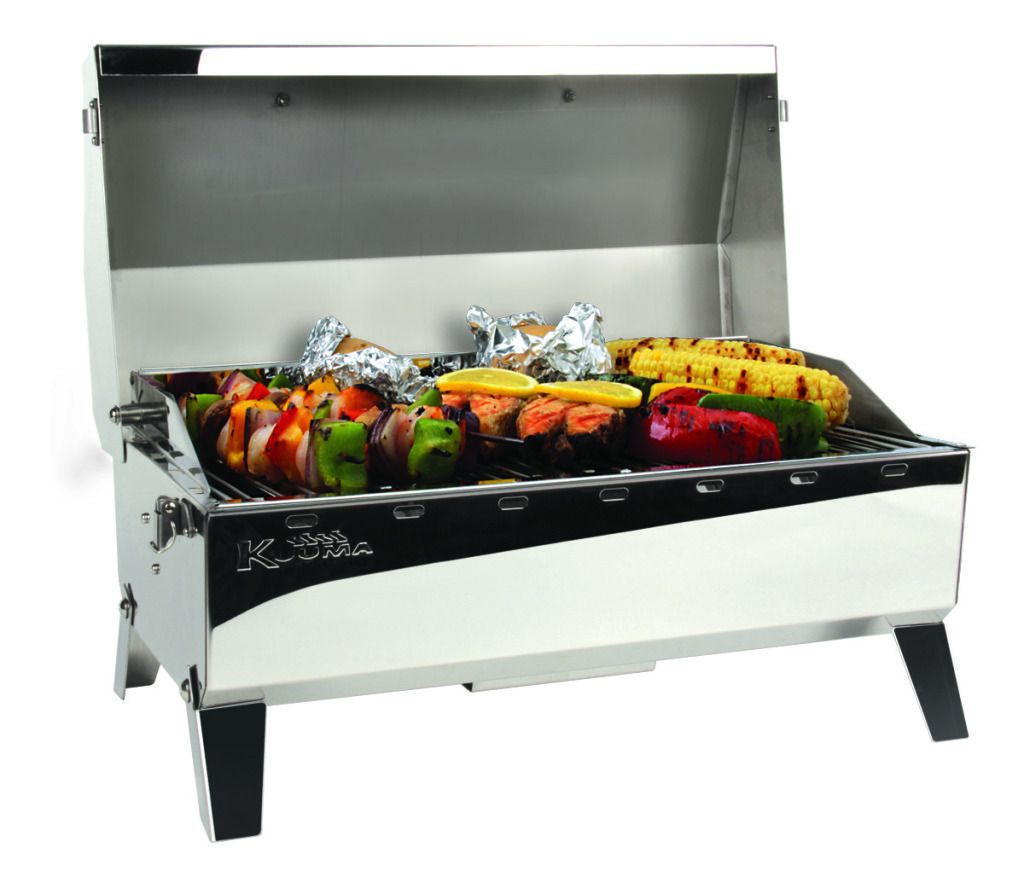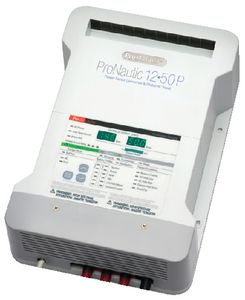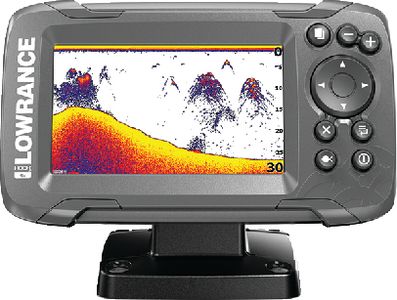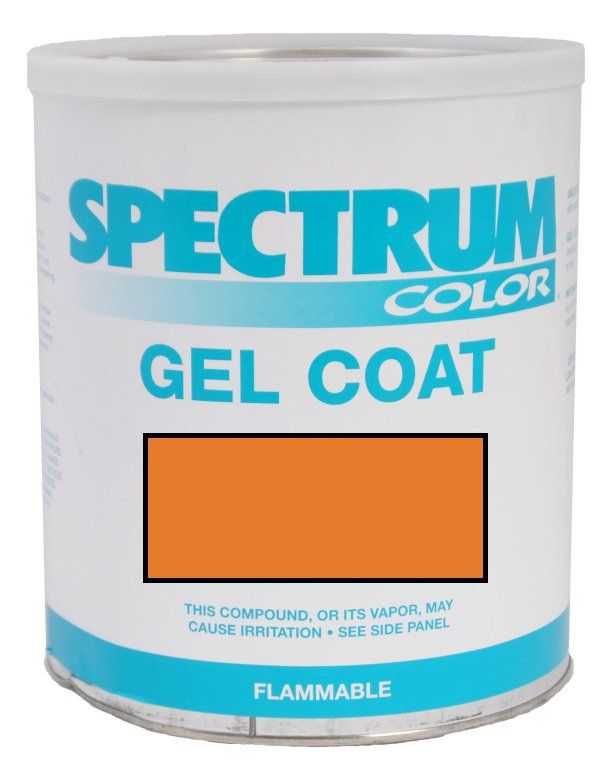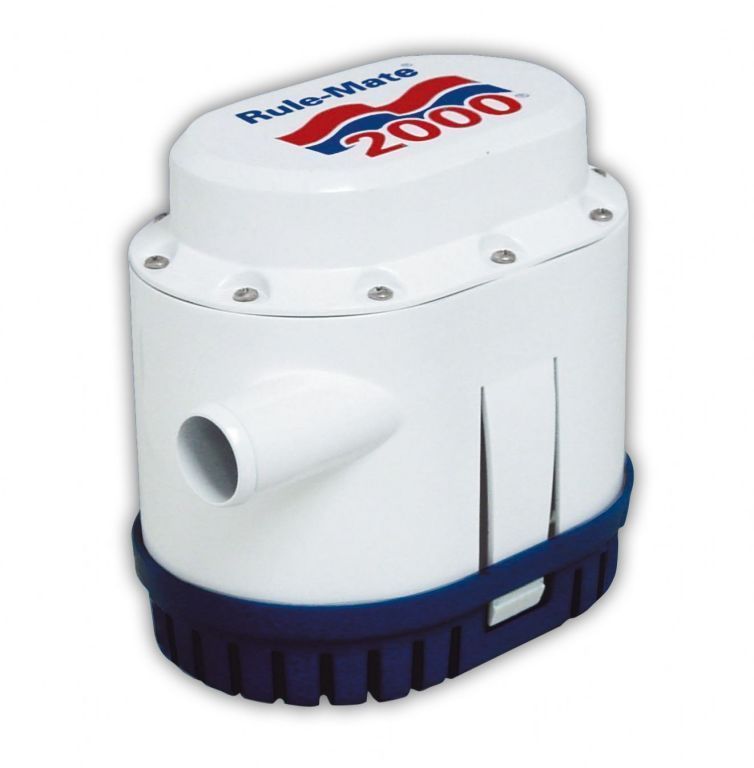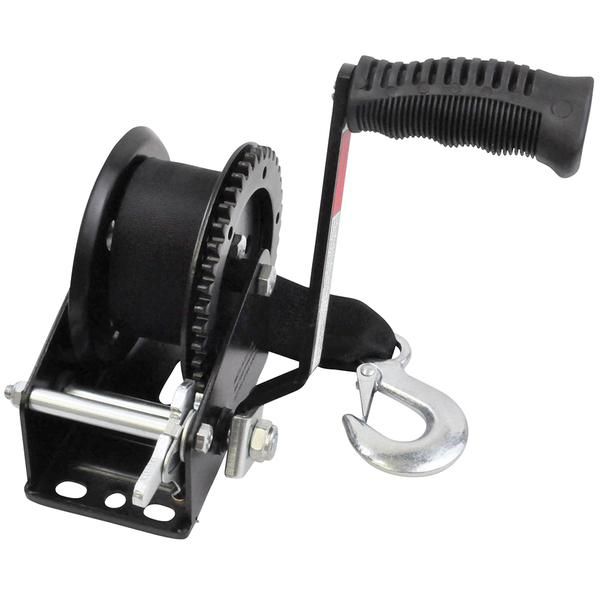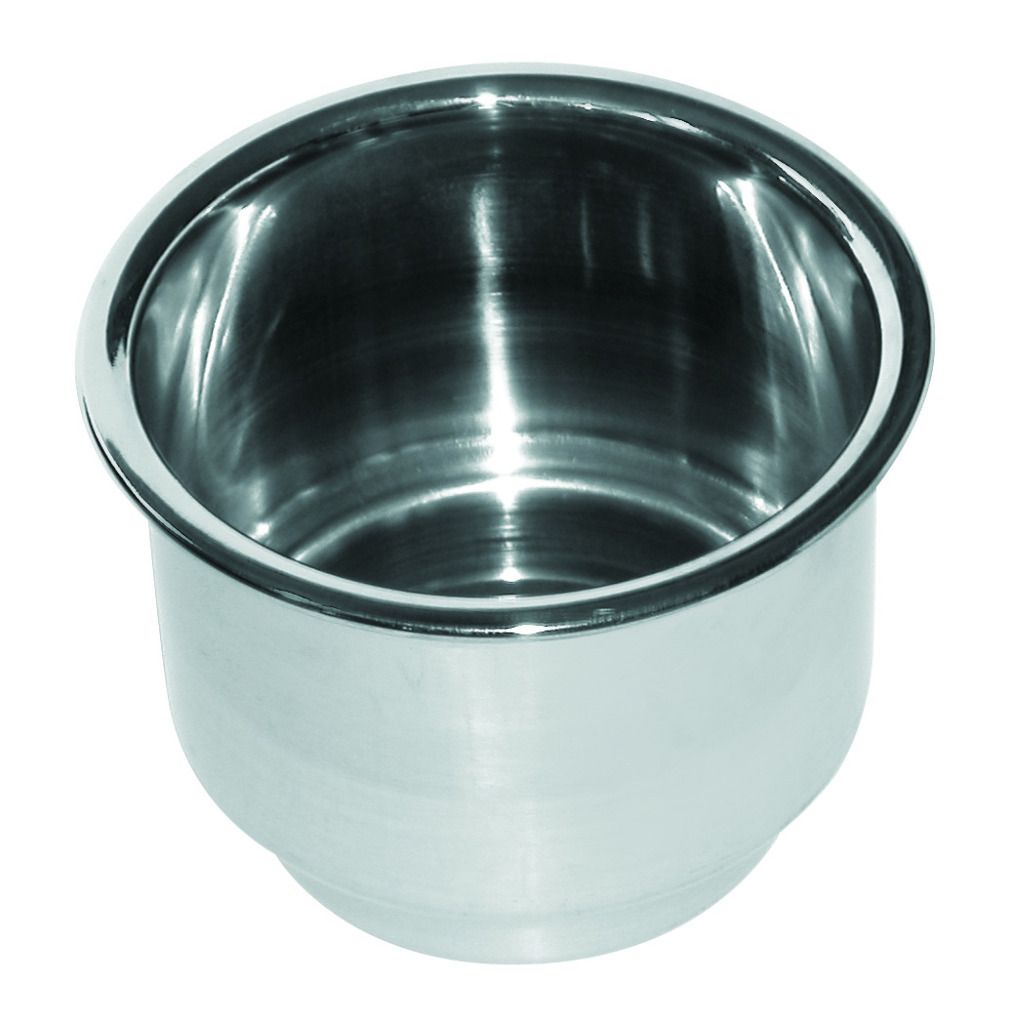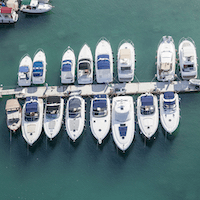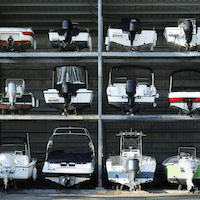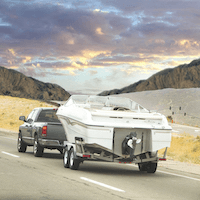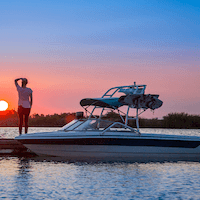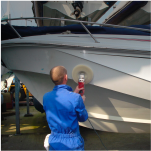You have two things going on here. 1) power to the engine and 2) apparently having never owned a carbureted automobile. So lets start with #1. Since you saw the engine start and run a couple days ago, nothing has likely broken just sitting there. So -- with the battery disconnect switch turned ON, put the throttle/shift lever in NEUTRAL and then move the lever to the OUT position (toward the side of the boat) as shown in the previous diagram. Then push the throttle forward and back (not all the way to neutral) two or three times and leave the lever about 1/3 up. This puts a few squirts of fuel into the engine just as it would when you pump the accelerator on a carbureted car and leaving the lever 1/3 forward is like holding the accelerator part way down. Now turn the key to START. If nothing happens you need to verify the battery is indeed ok. Your boat probably has a voltmeter at the helm, with the key turned to START, what does the voltmeter read? An almost dead battery may allow the bilge pump and blower to work but voltage drops like a rock when the starter is engaged. So make sure the battery is charged and all connections between the battery and engine are shiny clean and tight. "Looking" is not a valid check. Disconnect, clean and reconnect to verify. And do this on both ends of the cables. If the engine still fails to start, you need to begin troubleshooting the neutral start switch, the ignition switch and the circuit between the helm and the starter solenoid ("S" terminal on the ignition switch and the solenoid). You can also have someone hold the key in the START position while you check for voltage at the solenoid. If present, you may have a bad solenoid.

